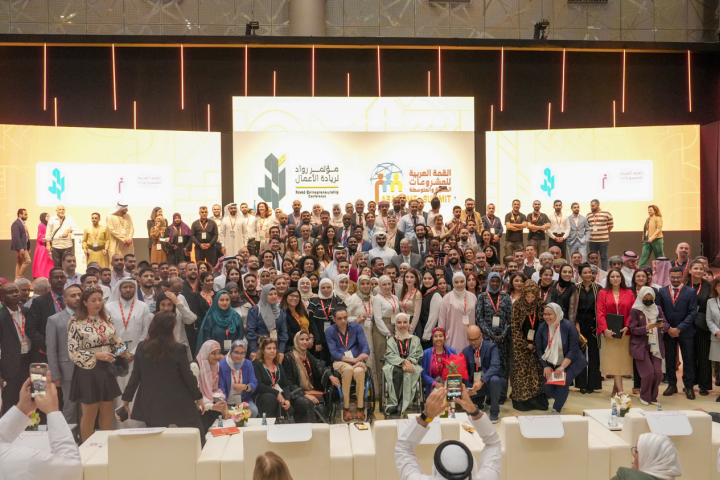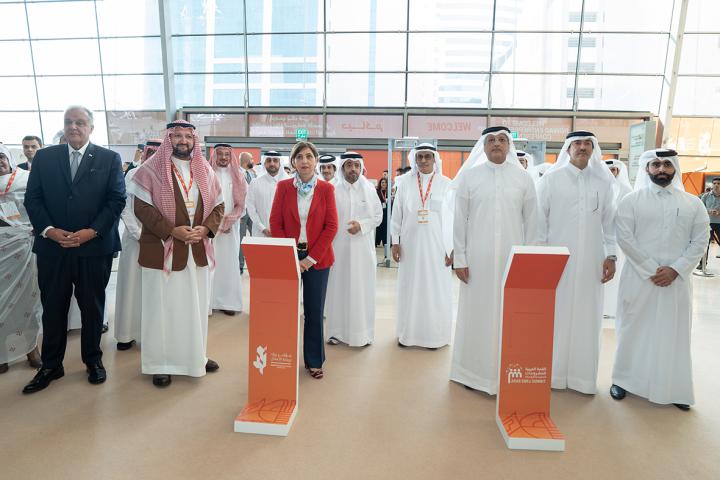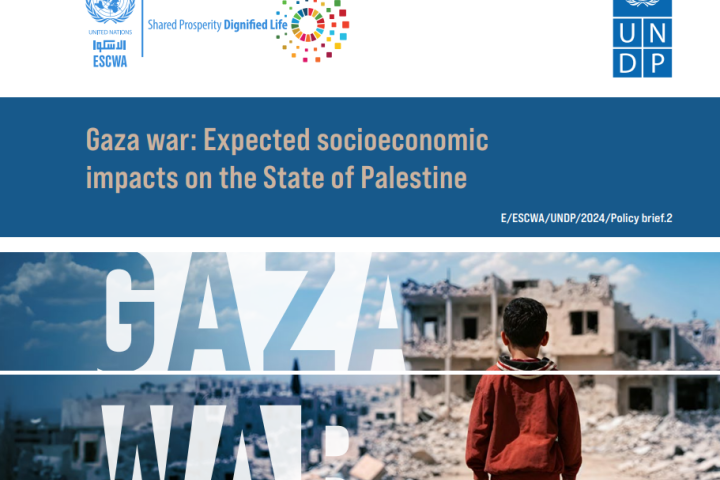The International Comparison Program (ICP) today released a report containing new data showing the world economy produced goods and services worth almost $55 trillion in 2005 and that almost 40 percent of the world’s output came from developing economies. Carried out with the World Bank and other partners, the preliminary global report provides estimates of internationally comparable price levels and the relative purchasing power of currencies for 146 economies. The principal outputs of the ICP are estimates of Purchasing Power Parities (PPPs) benchmarked to the year 2005. PPPs are used instead of exchange rates to convert national economic measures such as gross domestic products into a common currency. By taking account of price differences between countries, PPPs allow comparisons of market size, the structure of economies, and what money can buy. The new PPPs replace previous benchmark estimates, many of them from 1993 and some dating back to the 1980s. The global report brings together the results of the International Comparison Program and the Eurostat-OECD PPP program. The report also provides estimates of gross domestic product (GDP) for 146 economies, along with GDP per capita, and their price level index (PLI), which shows which economies are cheapest and which are most expensive when currencies are converted using market exchange rates. Major findings in Western Asia Region: The 2005 round of the International Comparison Program (ICP) was implemented in Western Asia region by the Economic and Social Commission for Western Asia (UN-ESCWA) with the financial support of the Arab Fund for Economic and Social Development (AFESD) and the Islamic Development Bank (IsDB). Eleven out of the thirteen member states of Western Asia fully participated in the 2005 ICP round, and thus, in the text below, the major findings observed relate to the region as a group of Western Asia member countries excluding the two countries which did not participate, namely Palestine and United Arab Emirates. The output is a set of results benchmarked to the year 2005 since it is based on 2005 prices and National Accounts. • The total nominal GDP in 2005 for the region’s group of participating countries rises up from $695 billion when measured in nominal terms to a total of $1,355 billion in real PPP terms. • Saudi Arabia and Egypt are the two largest economies within the participating countries in Western Asia and they contribute to over 60% of the total output. Measured in real PPP terms, Saudi Arabia accounts for 36% of total region’s GDP and dominates the region’s investment with a 40% share while Egypt accounts for more than one third of the region’s actual final household consumption. • Taking account of the population size in each economy in order to look at per capita real GDP ranking, Qatar, Kuwait, Bahrain and Saudi Arabia are the four richest economies in the region respectively, with Qatar ranking as the second richest country globally. Together with Oman and Lebanon, all of the six countries exceed both the regional as well as the global average per capita real GDP with Qatar surpassing the regional average by an approximate factor of 9 times. • While per capita real GDP is usually referred to as a differentiating measure distinguishing between rich and poor countries, looking at per capita real figures of GDP national aggregates allows for the comparison of relative living standards in the different participating economies. Actual Individual Consumption (AIC) is a measure of what households actually consume both in terms of what they directly purchase and what government supplies them with for their individual use such as health and education. When looking at per capita real AIC, Kuwait tops the list followed by Qatar and Bahrain. • When adding general government spending to AIC, this would even provide a better measure of individual welfare. Qatar leads the ranking followed by Kuwait then Bahrain. In comparison with the ranking based on Actual Individual Consumption ranking, both Oman and Saudi Arabia move up the ranking in terms of individual wellbeing and standard of living. The main reason here is that most of the region’s gulf countries enjoy high levels of government spending (causing the regional average to exceed the global average by 41%) as opposed to non oil-exporting countries who mostly fall below the regional average in terms of per capita real shares of general government to GDP. • Looking at the comparison when based on per capita real Gross Fixed Capital Formation (GFCF), Qatar had an exceptionally high level of GFCF and investment during 2005, resulting in significantly the highest level of per capita real investment globally. Jordan significantly exceeds Egypt in terms of per capita real GFCF, yet the significance of the negative share of per capita net foreign trade in the case of Jordan has lead to a decline in its per capita real GDP and hence lowered its ranking relative to Egypt when the comparison is based on overall per capita real GDP. In spite of the considerably high levels of per capita real GFCF in the participating gulf countries, the regional average falls below the global due to the relatively low levels in most of the non oil-exporting economies within the participating countries in Western Asia. • The range of differences in per capita real Actual Individual Consumption (AIC) between the participating economies is much less than is the case for per capita real GDP. Per capita real AIC in the top economy (Kuwait) is 10 times greater than that in the lowest economy (Yemen), compared with a factor of 20 times when per capita real GDP is the base of comparison. However, a striking opposite observation is noticed when comparing the range of differences in per capita GFCF with per capita real GDP. Per capita real GFCF in the top economy (Qatar) is 109 times greater than that in the lowest economy (Iraq), compared with a factor of 21 times when per capita real GDP is the base of comparison. The latter is mainly a result of the significantly high investments in Qatar during 2005 as already mentioned, which if excluded from the comparison, would lower the range of differences in per capital real GFCF to a factor of 36 times between the otherwise top economy (Kuwait) and the lowest (Iraq). • Examining the resulting PPPs in conjunction with exchange rates, one can determine which of the participating economies are more or less expensive by observing the corresponding price Level Indices (PLI). Based on 2005 prices of per capita GDP, all of the region’s eleven economies appear to be less expensive than the USA and all have lower prices than the global average including Qatar which ranks most expensive in the region whereas 25% less expensive when compared to the USA and 6% less expensive when compared to the world average price level. However, both Qatar and Kuwait turn out to be more expensive in 2005 than the world average only in terms of Actual Individual Consumption.
Related news
View all related updates
Commission
Secretariat
Our Clusters
Collaborate
Resources
Key Resources
Updates
Get in touch



